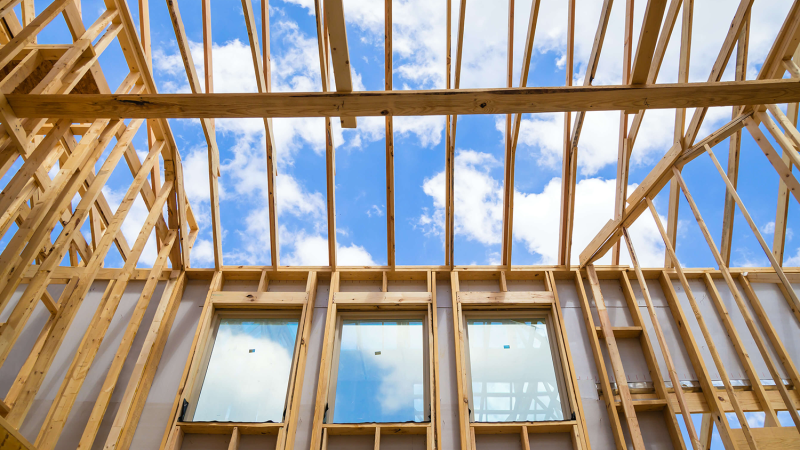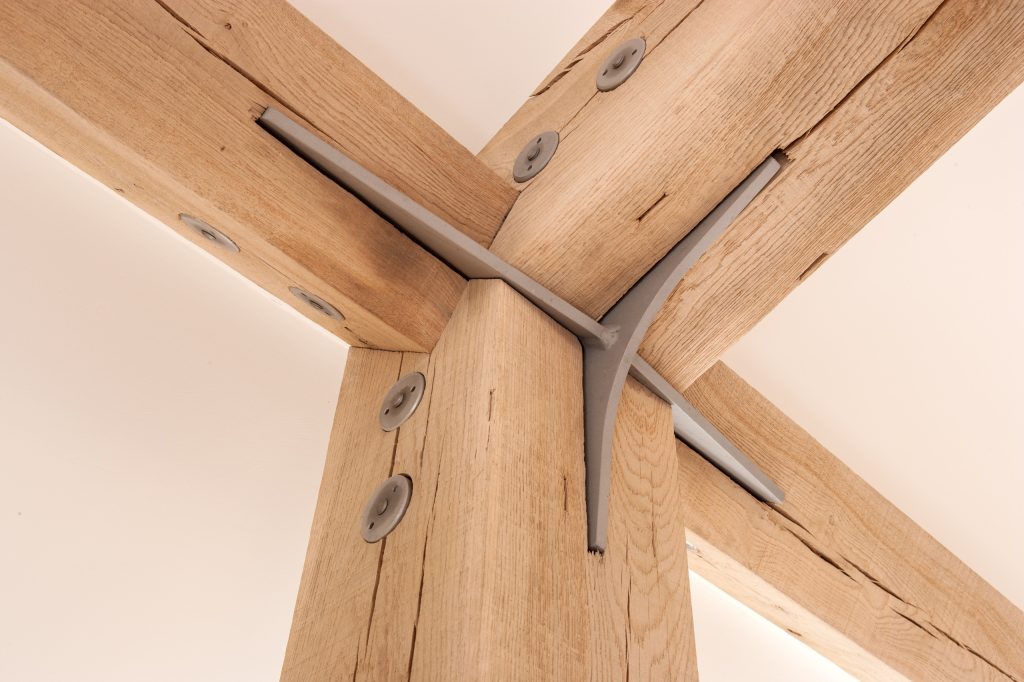
Wood framing design in the realm of construction is the perfect mixture of artistry and engineering precision. It is the intricate balance between structural integrity and design finesse that allows for the creation of buildings that not only mesmerize their aesthetics but also bear the test of time. For centuries, wood has been a fundamental material in construction due to its innate warmth, versatility, and sustainable attributes. However, the true beauty of a wooden structure lies not only in its appearance but also in the scientific precision that underlies its construction.
At the heart of wood framing design lays the determined quest of structural stability. The journey commences well in advance of the initial placement of the very first beam. Architects and engineers collaborate closely to strategize the framework, taking into account factors such as load-bearing capacities, environmental conditions, and adherence to building codes. These meticulous considerations serve as the blueprint for what will eventually materialize into a physical embodiment of both art and engineering. One of the primary considerations in wood framing design is the selection of appropriate materials. Each type of wood possesses distinct characteristics—strength, durability, flexibility—making it essential to choose the right wood species for different structural elements.

Additionally, the process of designing a structure involves carefully assessing the various forces and stresses that it will encounter throughout its lifespan. This evaluation is essential in making informed decisions regarding the size of beams, placement of columns, and distribution of loads, all of which are crucial in ensuring the structure’s ability to withstand expected loads without compromising safety. The stability of wood-framed structures heavily relies on the connections between different components. Engineers meticulously design joints and connections, utilizing hardware such as nails, screws, and metal plates, to ensure optimal transfer of loads between wooden elements. The effectiveness of these connections is very importance in preventing any potential structural failures, particularly in challenging conditions like earthquakes or strong winds. While the science of structural integrity forms the foundation of wood framing design, artistic considerations also play a significant role. Architects skillfully integrate structural elements into their designs, creating spaces that not only function well but also captivate the eye. The harmonious interplay between form and function is where the true artistry of wood framing design truly shines. The aesthetic appeal of wooden structures often lies in their exposed beams, elegant trusses, or intricate lattice works. Architects leverage these elements not just for their visual appeal but also to emphasize the structural integrity of the building. These design features showing the beauty of wood while highlighting its role as a load-bearing and supportive component.
However, attaining the ideal balance between beauty and strength necessitates careful preparation, meticulous attention to detail, and a profound comprehension of artistic principles and engineering fundamentals. To summarize, the fusion of art and science in the realm of wood framing design embodies a harmonious combination of creativity and technical expertise. This discipline acknowledges the innate qualities of wood while utilizing scientific principles to construct lasting, secure, and visually captivating structures. When executed with mastery, wood framing design serves as a testament to human innovation, where elegance and resilience seamlessly intertwine.
Wood framing design goes beyond just structural integrity. There are many important factors to consider that contribute to its success and functionality. From sustainability and environmental impact to technological advancements and building codes, there are several aspects that shape the modern landscape of wood-based construction. Sustainability is a key aspect of wood framing design. Wood is a renewable resource, which gives it an advantage over non-renewable materials like concrete or steel. Sustainable forestry practices ensure that wood is used in an environmentally friendly way and forests are not depleted. Additionally, using reclaimed or salvaged wood not only adds character to structures but also reduces waste and the ecological traces. Advancements in technology have revolutionized wood framing design, introducing innovative techniques and materials that enhance efficiency and structural performance. Engineered wood products like glued laminated timber, laminated veneer lumber (LVL), and cross-laminated timber (CLT) offer increased strength and dimensional stability, allowing for larger spans and more creative designs while maintaining structural integrity. Prefabrication techniques have streamlined construction processes, reducing on-site waste and construction time, thereby contributing to cost-effectiveness and sustainability.

The design of wood framing is greatly influenced by the continuous evolution of building codes and standards. Ongoing research and development in this field result in regular updates to regulations that govern design parameters, safety requirements, and material specifications. Following to these codes is crucial as it guarantees that structures meet the minimum safety standards and are constructed to withstand various environmental forces, thus ensuring the long-term durability of wooden buildings. Additionally, fire safety considerations play a vital role in wood framing design. Despite wood’s flammability, advancements in fire-resistant treatments and building techniques have significantly improved the fire performance of wooden structures. Techniques such as encapsulation, charring layers, and fire-retardant coatings effectively reduce the risk of fire, ensuring the safety and longevity of wood-framed buildings.
Additionally, the aesthetic versatility of wood allows architects and designers to plan diverse preferences and styles. From rustic cabins to modern urban structures, wood offers a wide range of finishes, textures, and appearances, enabling designers to create visually captivating spaces that resonate with inhabitants and complement their surroundings. Wood framing design goes beyond just building strong structures. It encompasses a comprehensive approach that combines sustainability, technological advancements, follows regulations, safety precautions, and aesthetic considerations. By embracing these various aspects, professionals are constantly pushing the limits of what can be achieved with wood. This paves the way for a new era of resilient, environmentally friendly, and visually impressive architectural wonders.

Leave a Reply